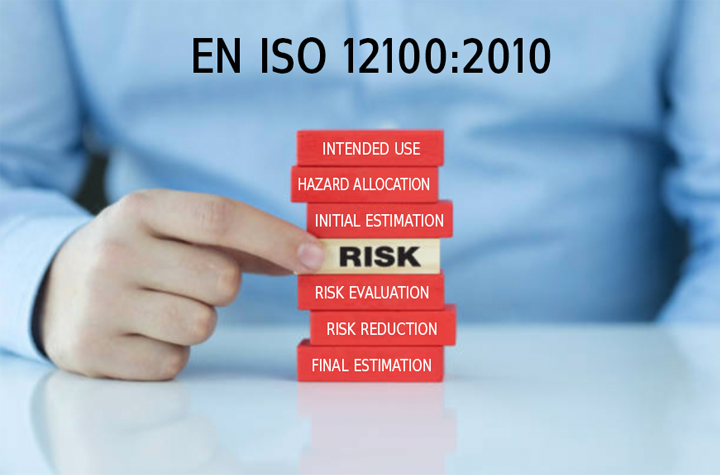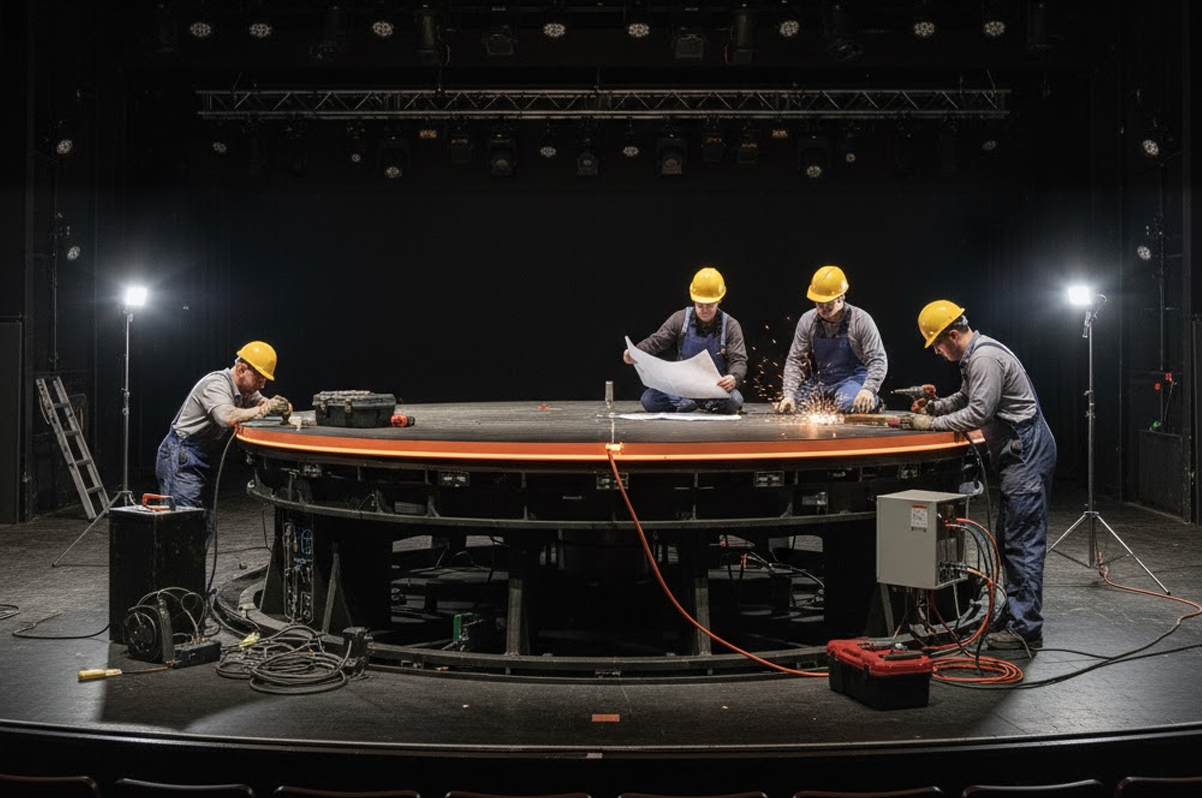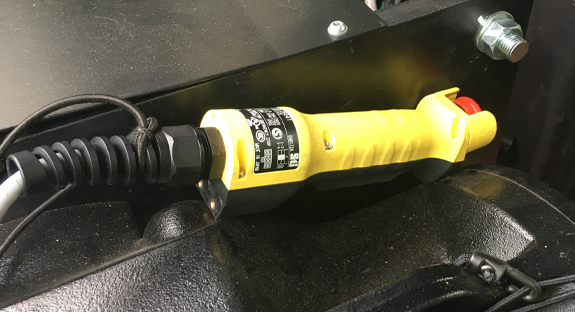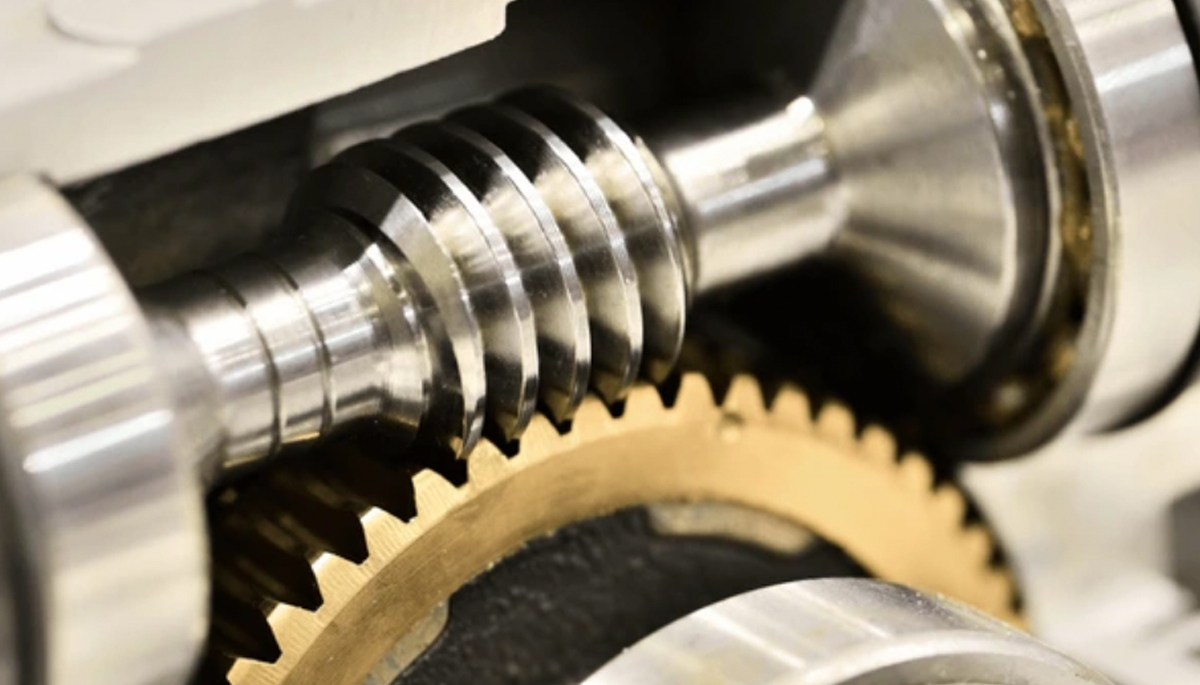A summary of: Safety of machinery – General principles for design – Risk assessment and risk reduction
EN ISO 12100:2010 is a standard which focuses on the safety of machinery and how it can be designed with safety in mind to prevent or lower the risks of hazards to people.
The standard aims to provide stage machinery designers with an overall framework and guidance in order to help them design machines that are safe for their intended use.1 The standard intends to incorporate the prevention of hazards and machinery safety into the design of the machine, so that it becomes inherent instead of complementary.
However, for the risks that cannot be reduced, EN ISO 12100:2010 also provides guidelines on how the risk of those hazards may be reduced as well to a tolerable level.
This document defines the principles of the machinery risk assessment and risk reduction in order to help stage machinery manufacturers incorporate safety into the design of their machinery or equipment.
Types of Standards
There are many different types of EU standards and EN ISO 12100:2010 is a type-A standard that is also intended to be used as a basis for the preparation of type-B or type-C safety standards.2
Standard Definitions
type-A standards – basic safety standards – giving basic concepts, principles for design and general aspects that can be applied to machinery
type-B standards – generic safety standards – dealing with one safety aspect or one type of safeguard that can be used across a wide range of machinery
type-B1 – standards on particular safety aspects (for example, safety distances, surface temperature, noise)
type-B2 – standards on safeguards (for example, two-hand controls, interlocking devices, pressure-sensitive devices, guards)
type-C – standards (machine safety standards) dealing with detailed safety requirements for a particular machine or group of machines. 3
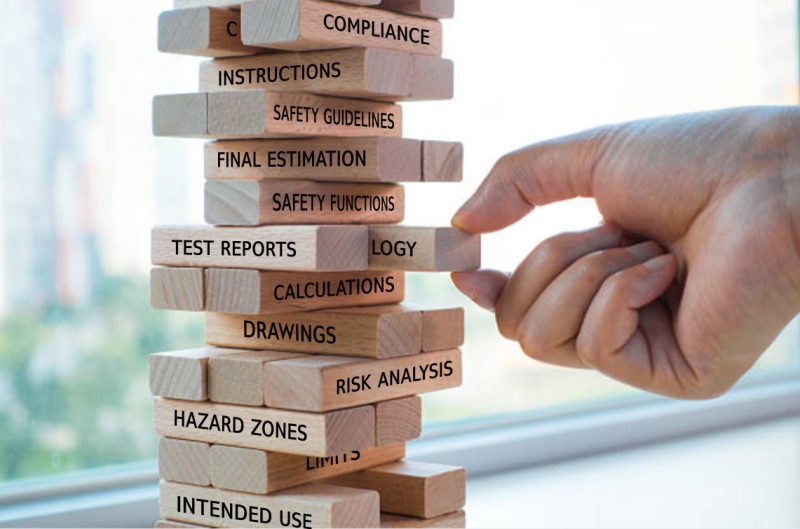
Figure 1: Building blocks of the risk assessment and risk reduction process.
How Does EN ISO 12100:2010 Help Machinery Designers?
As previously stated, EN ISO 12100:2010 provides a comprehensive framework for machinery designers to implement its guidelines via basic terminology, principles and a methodology for achieving safety in the design of machinery and specifies certain principles for risk assessments, risk analysis and risk reduction based on knowledge and experience of the design, use, incidents, accidents and risk associated with machinery.4
Designers are given procedures in order to complete a risk assessment (including a risk reduction) in order to make the machinery or equipment safe by explaining how the process should be performed.
EN ISO 12100:2010 states that the procedure is conducted by identifying hazards, estimating and evaluating risks during relevant phases of the machine life cycle, and for the elimination of hazards or the provision of sufficient risk reduction. Guidance is given on the documentation and verification of the risk assessment and risk reduction process.5 The standard has been drafted in order to cover safety for many different kinds of machinery, and it is fully applicable to stage machineries although the designer needs to account for the hazardous events specific to the entertainment industry and must consider that the machinery operator is rarely identified as the “user”. Instead, people who interact with the stage machinery are generally the people exposed to the risks.
In chapter 4 regarding the Strategy for risk assessment and risk reduction, the standard lists the actions the designer needs to take in order to apply a risk assessment and a risk reduction to their machinery.
The steps described are the following:
- determine the limits of the machinery, which include the intended use (for example the presence of people in the hazard zone during motion or the allowance for the machinery to lift or move performers) and any reasonably foreseeable misuse thereof;
- identify the hazards and associated hazardous situations;
- estimate the risk for each identified hazard and hazardous situation;
- evaluate the risk and take decisions about the need for risk reduction;
- eliminate the hazard or reduce the risk associated with the hazard by means of protective measures. Actions a) to d) are related to risk assessment and e) to risk reduction.6
Hence, the overall process involves performing the risk assessment in order to analyse and evaluate the risk associated with the machinery.7
After this has been completed, the designer must carry out a risk reduction to identify how to remove the hazards as much as possible and how to determine what protective measures can be used to reduce the risk. This part of the process is also called the risk reduction strategy. Once the protective measures have been established, the designer/user must use them either in the machinery’s design or as a complementary measure.
EN ISO 12100:2010 states that measures which can be incorporated at the design stage are preferable to those implemented by the user and usually prove to be more effective.8
In summary, the process is as follows:
Risk Assessment (Risk Analysis + Risk Evaluation) —-> Risk Reduction—> Protective Measures
While the process is conducted, the following should be taken into consideration in its listed order as shown in the standard:
- the safety of the machine during all the phases of its life cycle;
- the ability of the machine to perform its function;
- the usability of the machine;
- the manufacturing, operational and dismantling costs of the machine.9
EN ISO 12100:2010 further notes that the correct use of the applications of the principles above requires knowledge of the machine’s use, the accident history and health records, the available risk reduction techniques, and the legal framework the machine will be used in.10
The standard also points out the machine’s design will no longer be justifiable when a new equivalent machine can be designed with lower risk.11 This guideline highlights the responsibility from the stage machinery manufacturer that they should consider the implementation of affordable and available existing technology rather than rely on protective measures that are based on organisational procedures and permit-to-work protocols.
Risk Assessments: Further Detail
When we look at the risk assessment, we know that it involves the analysis and evaluation of the risk associated with the machinery. However, multiple steps are required to meet these objectives. The first stage of a risk assessment is to complete the risk analysis, which consists of:
- determination of the limits of the machinery (use limits, space and time limits)
- hazard identification
- risk estimation12
After this is done, the information from the risk assessment will be applied to the risk evaluation, which will help make the decision on whether a risk reduction is required or not.
In the risk evaluation, the standard explains that judgments must be supported by a qualitative or (when appropriate) a quantitative estimate of any risks related to the hazards that exist on the machinery.13
During the risk evaluation, the designer (intended also as the design team) drafts the risk reduction strategy and identifies the important inherently safe design principles that will be implemented in the stage machinery in order to reduce the risks in a systematic and reliable manner. During this phase, the stage machinery designer needs to take into account and evaluate the safety guidelines given by the applicable standard, determine if such provisions are applicable and structure the safety-related design framework to be implemented.
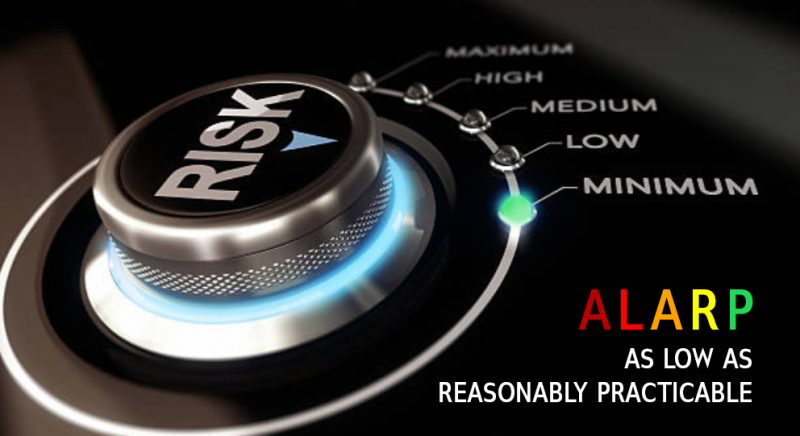
Figure 2: Risk Levels.
The risk assessment must include the following information in four areas:
- Machinery Description – user specifications, machinery specifications, documentation on previous designs of similar machinery, and if relevant, information for the use of the machinery
- Information related to the regulations, standards and other applicable documents – applicable regulations, relevant standards, relevant technical specifications, relevant safety data sheets
- Related to experiences of use – machinery accidents, malfunction history (of actual or similar machinery), history of damage to health, experience of users of similar machines and exchange of information with potential users
- Relevant Ergonomic Principles – information should be updated as the design develops or when modifications are required14
Use Limits
Once these have been established, the machinery’s limits must be determined and consider all of the phases of the stage machinery’s life, which is where the use limits come into play. The use limits include the intended use and reasonably foreseeable misuse which takes into account: the machine’s different operating modes (for example, a lifting/motion operation with or without the presence of people in the hazard zone) and different user interventions, use of machinery by persons identified by sex, age, dominant hand usage or limiting physical abilities, levels of training/experience, and exposure of persons to hazards. The other limits that are also considered are space limits (definition of hazard zones, requirements for segregation or enclosures, operating conditions, etc.), time limits (continuous operation, duty cycles, machinery lifetime, etc.), and other limits that include properties of the loads to be lifted/moved, housekeeping and environmental factors.15
Hazard Identification
Hazard identification is the next step and occurs after the stage machine’s limits have been determined. The identification of reasonably foreseeable hazards, hazardous situations and/or hazardous events during the life cycle of a machine can include situations like transport, assembly, installation, commissioning, use, dismantling, disabling and scrapping. In the live event industry, the recurrent assembly and dismantling of an assembly of machineries may expose installers to risks which are different from the installation of a stage machinery in a theatre or in an opera theatre for example.
However, the standard also explains that it’s only when the hazards have been identified that steps can then be taken to eliminate them or reduce the risks. This can be done by identifying the machinery’s operations and the tasks to be done by the people who will interact with the machine. A strong point that EN ISO 12100:2010 makes is that different parts, machine mechanisms/functions, loads and a machine’s environment should be considered.16
When the stage machinery application is unknown, and the design relies only on the machinery’s intended use, it is important to consider in full the foreseeable human behaviour.
The designer should take into account everything in the following categories: human interaction during the machine life cycle, possible states of the machine, and unintended behaviour of operator or reasonably foreseeable misuse of the machine.
For human interaction during the life cycle of the machine, the designer must first look at the setting, testing, programming, start-up in all modes of operation (all tasks generally carried out during the installation and commissioning phases), access to the machine (for access to the machinery, both access for normal operation – reaching the platform of a stage lift – and access to the machinery for setting purposes (adjustment of safety devices and inspection of parts) must be considered), stopping the machine, stopping the machine in case of emergency, interaction with the machine (people can be exposed to risks when they are normally or accidentally present in the machinery’s hazard zone during operation), restart after unscheduled stop, fault-finding/trouble-shooting (operator intervention), preventive maintenance and corrective maintenance in order to commence with the identification of the hazards.
The designer should be able to look for all reasonably foreseeable hazards, hazardous situations or hazardous events associated with the tasks above.
It is also mentioned that reasonably foreseeable hazards, hazardous situations or hazardous events that are not directly connected to the tasks should be named as well.17
When identifying hazards, the designer must take under consideration the possible states of the machine and the unintended behaviour of the operator/user or reasonably foreseeable misuse of the machine.
For the possible states of the machine, the designer must see if the machine is performing its intended use (operates normally), and if the machine is not operating normally, they must find out why by looking at:
- variation of a property or of a dimension of the processed material or of the workpiece,
- failure of one or more of its component parts or services,
- external disturbances (for example, shocks, vibration, electromagnetic interference),
- design error or deficiency (for example, software errors),
- disturbance of its power supply, and
- surrounding conditions (for example, damaged floor surfaces).18
In regard to the unintended behaviour of the operator or reasonably foreseeable misuse of the machine, EN ISO 12100:2010 cites the following examples:
- loss of control of the machine by the operator (especially for hand-held or mobile machines),
- reflex behaviour of a person in case of malfunction, incident or failure during the use of the machine,
- behaviour resulting from lack of concentration or carelessness,
- behaviour resulting from taking the «line of least resistance» in carrying out a task,
- behaviour resulting from pressures to keep the machine running in all circumstances, and
- behaviour of certain persons.19
Nonetheless, it’s interesting to see how the standard highlights a situation that is well known in the entertainment industry and is related to the pressure of keeping the machinery running in all circumstances, a common adagio we all know called ” the show must go on”.
In addition, the second part of this article will explain the EN ISO 12100:2010 guidelines concerning risk estimation and risk evaluation.
.
.
References
1. EN ISO 12100:2010 – Introduction.
2. See footnote 1.
3. EN ISO 12100:2010 – Introduction and Scope.
4. See footnote 3.
5. See footnote 3.
6. EN ISO 12100:2010 – 4: Strategy for risk assessment and risk reduction.
7. See footnote 6.
8. See footnote 6.
9. See footnote 6.
10. EN ISO 12100:2010 – Notes 1.
11. EN ISO 12100:2010 – Notes 2.
12. EN ISO 12100:2010 – 4: Strategy for risk assessment and risk reduction and Figure 1.
13. EN ISO 12100:2010 – 5 – Risk Assessment – 5.1 General.
14. EN ISO 12100:2010 – 5 – Risk Assessment – 5.2 Information for risk assessment.
15. EN ISO 12100:2010 – 5 – Risk Assessment – 5.3.2 Use Limits.
16. EN ISO 12100:2010 – 5 – Risk Assessment – 5.4 Hazard Identification.
17. EN ISO 12100:2010 – 5 – Risk Assessment – 5.4A Hazard Identification: Human interaction during the whole life cycle of the machine.
18. EN ISO 12100:2010 – 5 – Risk Assessment – 5.4B Hazard Identification: Possible states of the machine.
19. EN ISO 12100:2010 – 5 – Risk Assessment – 5.4C Hazard Identification: Unintended behaviour of the operator or reasonably foreseeable misuse of the machine.
